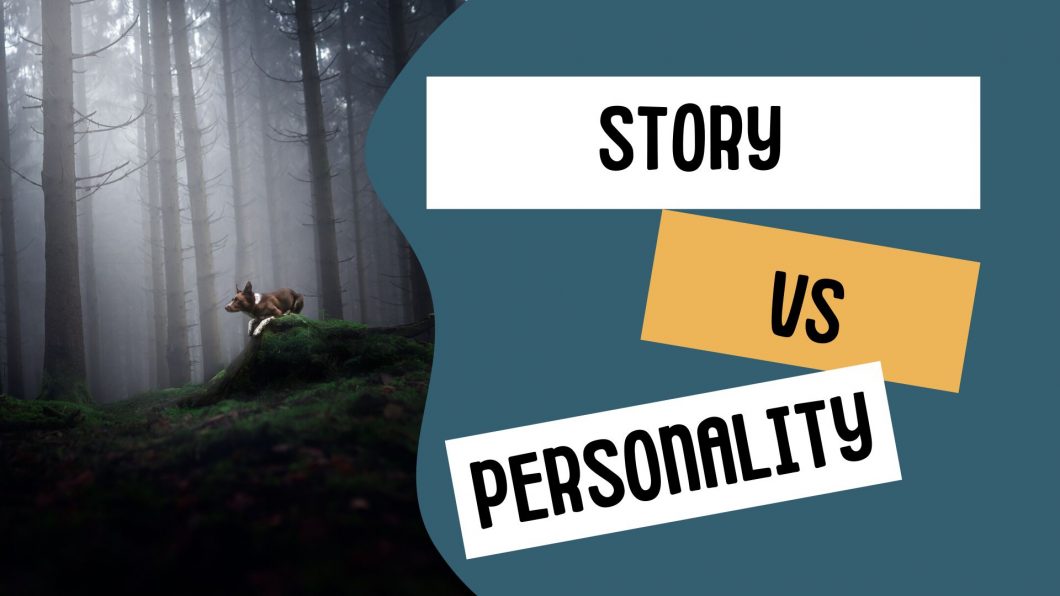I have noticed, since I started teaching, that there are two distinct feelings to the majority of my photos. That is:
- Photos which show something about the dog’s personality
- Photos which tell a story where the dog is a character in his own world.
These two types of photo for me have very different feelings and require all the elements of photography: light, location, pose, expression and so on, to be used in slightly different ways.
The first, personality photos, are those where it feels like the dog is aware he is having his photo taken. He may be less naturally posed or doing a trick, he may be looking at the camera, or he may be interacting with his environment in a way that he wouldn’t do if he was out in the wild by himself. Owners tend to like these photos the most.
The second, storytelling photos, feel like we’ve stumbled upon this creature in his own environment or world, and have managed to capture him through our lens without interference. He may feel more naturally posed, may not be looking at the camera (though not always), the location may feel more closed in and intimate.
Have a look at the two images below.
Both these photos feature Journey in the woods. Although there is some differences in editing and so on, there is a very different feeling from one to the other.
The image on the left, Journey is standing and looking at the camera in a pretty open scene. He’s reasonably close to the camera and it feels like he’s well aware of having his photo taken. In the other, he is further away, lying on a stump, looking to one side. There is more foreground element so it feels like we could be spying on him as he watches his world from his little throne.
At least, that’s how I image it.
Of course, as with all art, this is subjective. What I see as a storytelling photo of the dog being unaware of my presence, might not feel that way to you. And that’s ok.
But for me, there is something particularly magical about creating a real storytelling photo, where the dog is the main character, and we are just observers of him in his world.
Things to Consider
As you work through this course you will learn a lot more about the “elements” of putting a photo together, but it’s worth keeping in the back of your mind how by changing some elements, you can go from a lovely personality photo, to a more captivating storytelling photo – if you want! If you’re taking photos for clients, it’s worth providing a variety of both!
The table below is a guide. In the example gallery below you will see some photos where I have made a more “storytelling” photo where the dog is extremely close to the camera and looking into the lens. So it is as much about how you create the intention of the photo as it is about the elements themselves.
Element | Personality | Storytelling |
|---|---|---|
Light | Simple, clean light, soft and ambient, or bright and warm | Can be dark and moody with less visible light (NOT underexposed), creative use of light, more potential to shape the light in editing (maybe). |
Distance from subject | Close-up, head and shoulders, detail shots, full body but filling a good portion of the frame | Possibly further away, taking up 1/3 of the frame, or even less |
Pose | Any pose, particularly sitting, lying down, or with their paws or body on objects (logs, benches, tree stumps etc) in a way that they would not do “in the wild”. Tricks like standing/sitting up pretty, hi-5 etc. | More natural poses, as if the dog had been wandering in the woods and heard something, so paused to listen. Curves in the body. Standing on things if they comfortably fit. Chin down? More standing poses. |
Expression & gazing direction | Any expression that is natural to the dog. Looking at the camera or very slightly over the photographer’s shoulder. | Looking more severely to one side, up, or away from the camera. Expression suits the scene/location/mood and is tied closely to it. |
Location | Any but more open spaces, eg., roads, tracks, fields of flowers, flowers bushes in general. | More “closed” scenes, photographing through undergrowth/bushes/branches/leaves for a lot of foreground elements, the location helps drive the mood and is closely linked to the story. |
By thinking carefully about how to combine these elements so that the photo you’re taking makes sense, you will create a much more powerful, interesting, and artful image – whether you are just taking photos for fun, or are looking to become professional.


